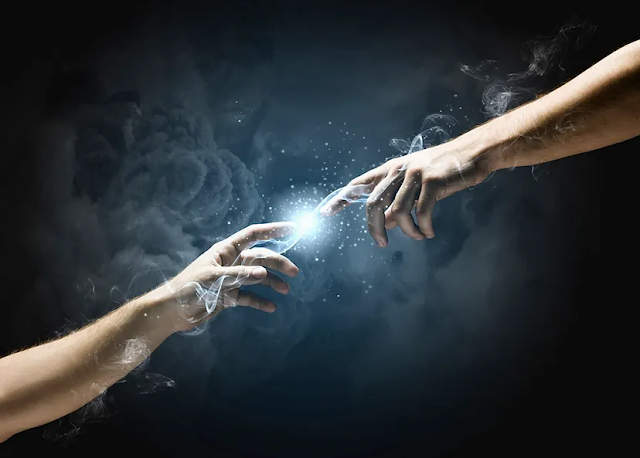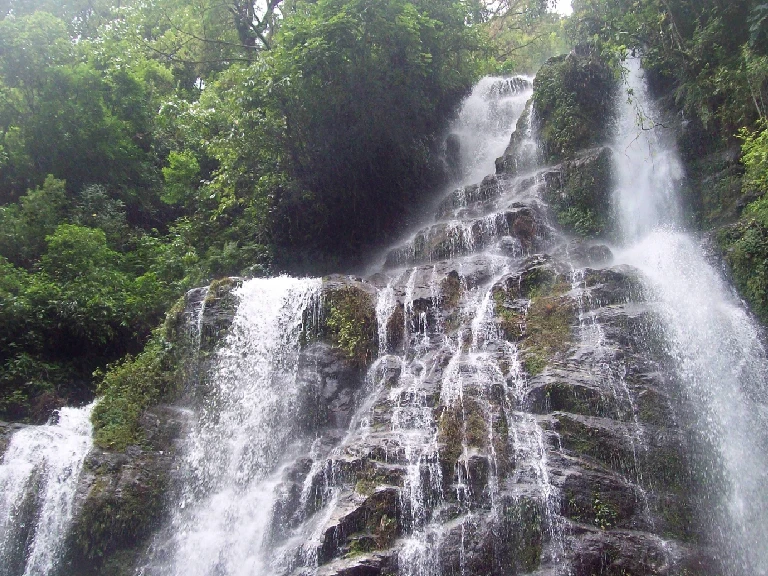In Jenolan’s depth
You should wonder – with amazement
What
is it you stare;
Cyanobacteria,
twenty thousand years old, they say
But
why should anyone care?
More
beyond drab rocks in limestone tomb,
Precious
life hides in this stony layer?
The
first ones who had learned to breathe,
Stromatolites
a complex name,
But
these were the ones who gave out air
For
the burning world to tame
This
is then a pilgrimage – one to the farthest past
To
Life, its primal shrine
Last
reminders left - how the mortals were woken up
When
the earth was turned divine…
The
sonnet is dedicated to the Nettle Caves in the wider Jenolan Caves network
where one can see cyanobacteria in the stromatolite rocks. Stromatolites
(meaning layered rocks) are living fossils and the oldest living lifeforms on
our planet. They are stony structures built by colonies of microscopic
photosynthesising organisms called cyanobacteria. As sediment layered in
shallow water, bacteria grew over it, binding the sedimentary particles and
building layer upon millimetre layer until the layers became mounds. Their
empire-building brought with it their most important role in Earth’s history.
They breathed. Using the sun to harness energy, they produced and built up the
oxygen content of the Earth’s atmosphere to about 20%, giving the kiss of life
to all that was to evolve.
Their significance lies in the fact that they help us witness how the world looked at the dawn of time – 3.5 billion years ago. Living stromatolites are found in only a few salty lagoons or bays on Earth such as in Western Australia. The cyanobacteria found in Jenolan caves are also similar. Given the Earth and the Solar System is estimated 4.5 billion years old, it’s staggering to realise how ancient and primal is this life form nonetheless helping us be awed and overwhelmed to witness how the world looked at the dawn of time even before the continents were forming. Before plants. Before dinosaurs. Before humans. If the gods descended on earth, this then would have been their first avatar.
Their significance lies in the fact that they help us witness how the world looked at the dawn of time – 3.5 billion years ago. Living stromatolites are found in only a few salty lagoons or bays on Earth such as in Western Australia. The cyanobacteria found in Jenolan caves are also similar. Given the Earth and the Solar System is estimated 4.5 billion years old, it’s staggering to realise how ancient and primal is this life form nonetheless helping us be awed and overwhelmed to witness how the world looked at the dawn of time even before the continents were forming. Before plants. Before dinosaurs. Before humans. If the gods descended on earth, this then would have been their first avatar.
Information
on Stromatolites from BBC



Comments
Post a Comment